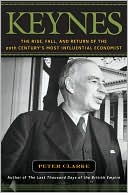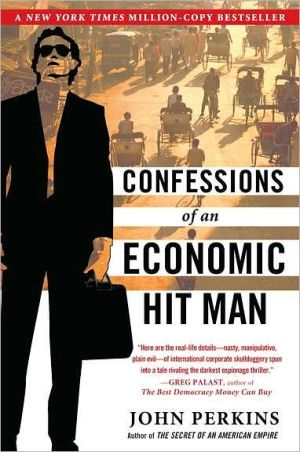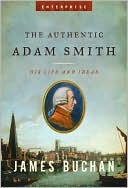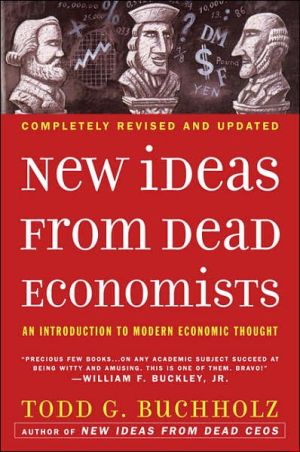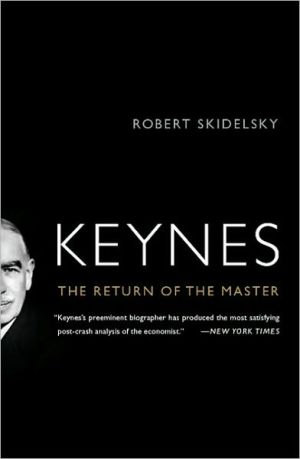Keynes: The Rise, Fall, and Return of the 20th Century's Most Influential Economist
Search in google:
The ideas of John Maynard Keynes inspired the New Deal and helped rebuild world economies after World War II —and were later dismissed as “depression economics.” Then came the great meltdown of 2008. Market forces that the world relied on suddenly failed to self-correct—and Keynes’s doctrine of corrective action in an imperfect world became more relevant than ever.Keynes was not a traditional economist: He was a polemicist, iconoclastic public intellectual, peer of the realm, and political operative, as well as an openly homosexual Bohemian who befriended Virginia Woolf and E. M. Forster. In Keynes, noted historian Peter Clarke provides a timely and masterful accounting of Keynes’s life and work, bringing his genius and skepticism alive for an era fraught with economic difficulties that he surely would have relished solving. The New York Times - Justin Fox Clarke lays out the development of Keynes's economics from the mid-1920s to his "General Theory," and it's a gripping journeyt…One comes away from this account impressed by the continual interplay between theory and economic reality in Keynes's work. He thought theory—including conventional economic theory—was important and useful. But he was willing to go straight back to the drawing board when it didn't provide satisfactory answers to his questions. The contrast with modern academic economists and their attachment to elegant mathematical models is instructive.
Contents Introduction A Roller-coaster Reputation....................1 1 'A religion and no morals' John Maynard Keynes, 1883-1924....................21 2 'On the extreme left of celestial space' John Maynard Keynes, 1924-1946....................53 3 'In the long run we are all dead' Rethinking economic policy....................97 4 'Animal spirits' Rethinking economic theory....................129 Epilogue British and American Keynesianism....................159 Acknowledgements....................181 Bibliography....................183 Notes....................189 Index....................199
